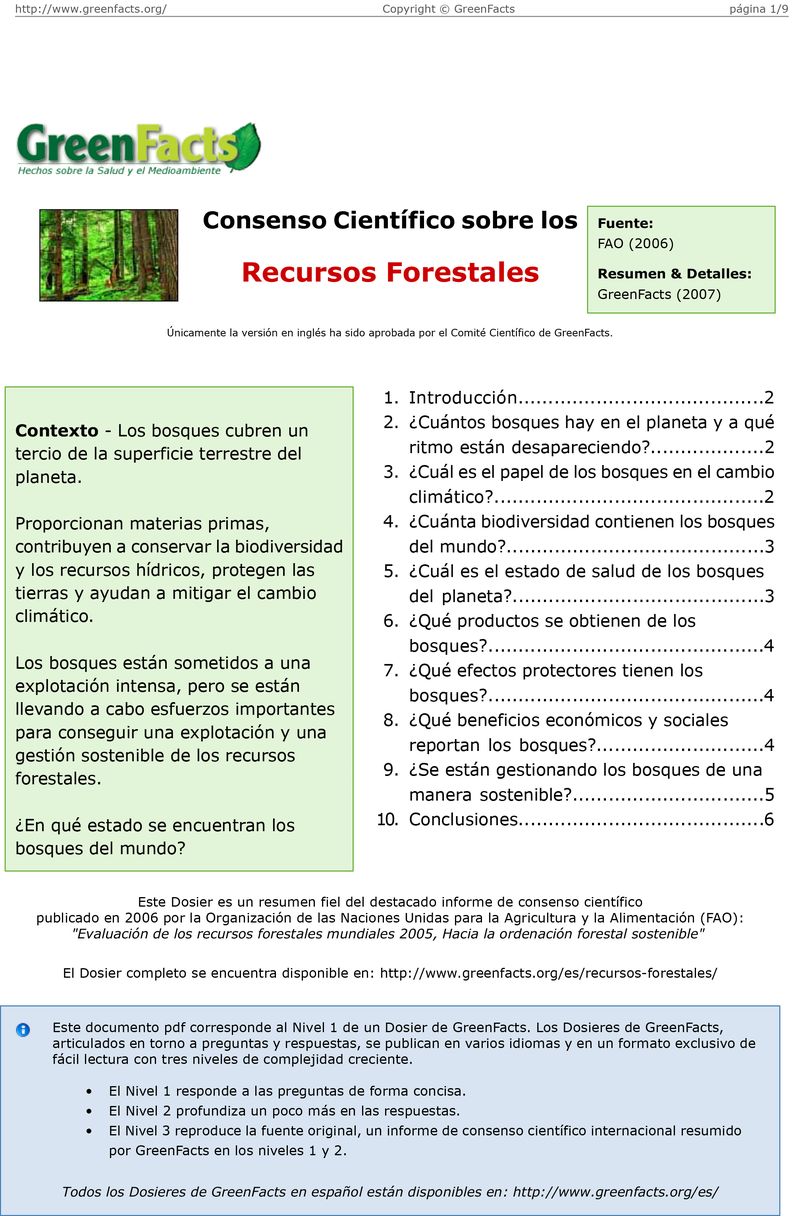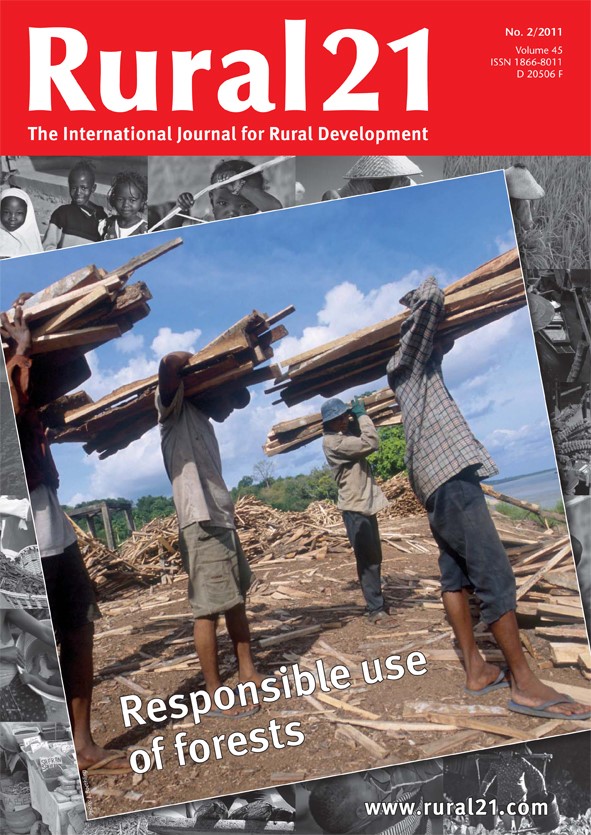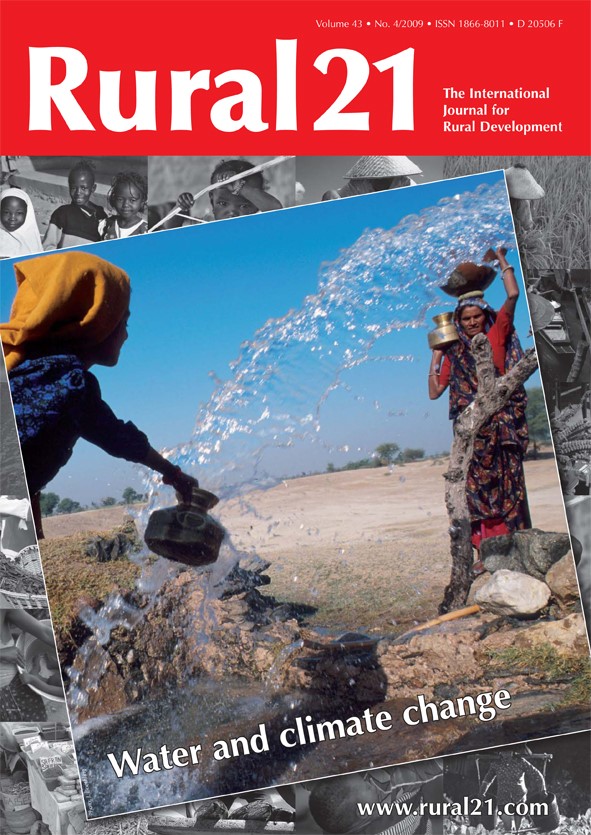Consenso Científico sobre los Recursos Forestales
Este dossier es un summary fiel del destacado informe de consenso científico publicado en 2006 por la Organización de las Naciones Unidas para la Agricultura y la Alimentación (FAO): "Evaluación de los recursos forestales mundiales 2005. Hacia la ordenación forestal sostenible" El dossier completo se encuentra disponible en: http://www.greenfacts.org/es/recursos-forestales/ Cerca del 42 % de los bosques primarios se encuentran en Sudamérica.




